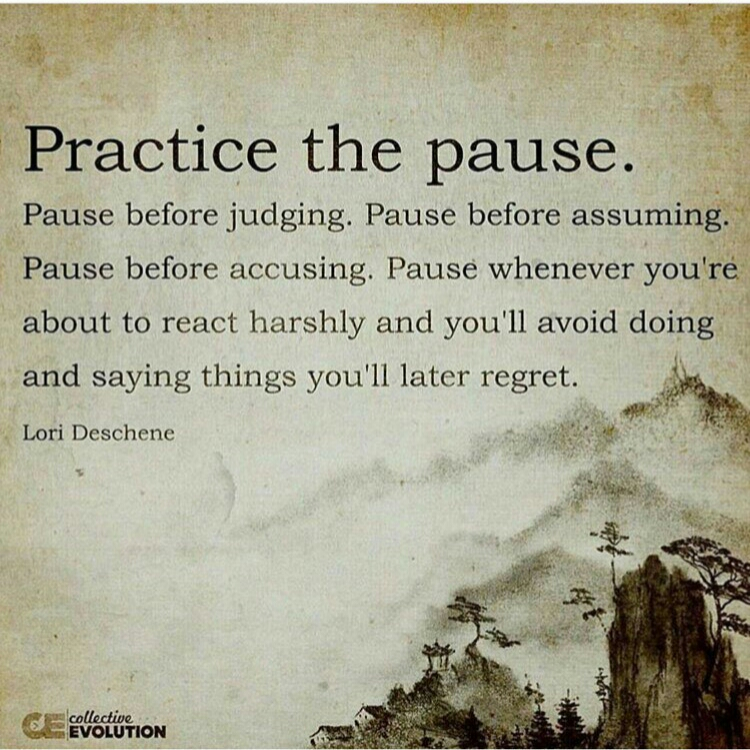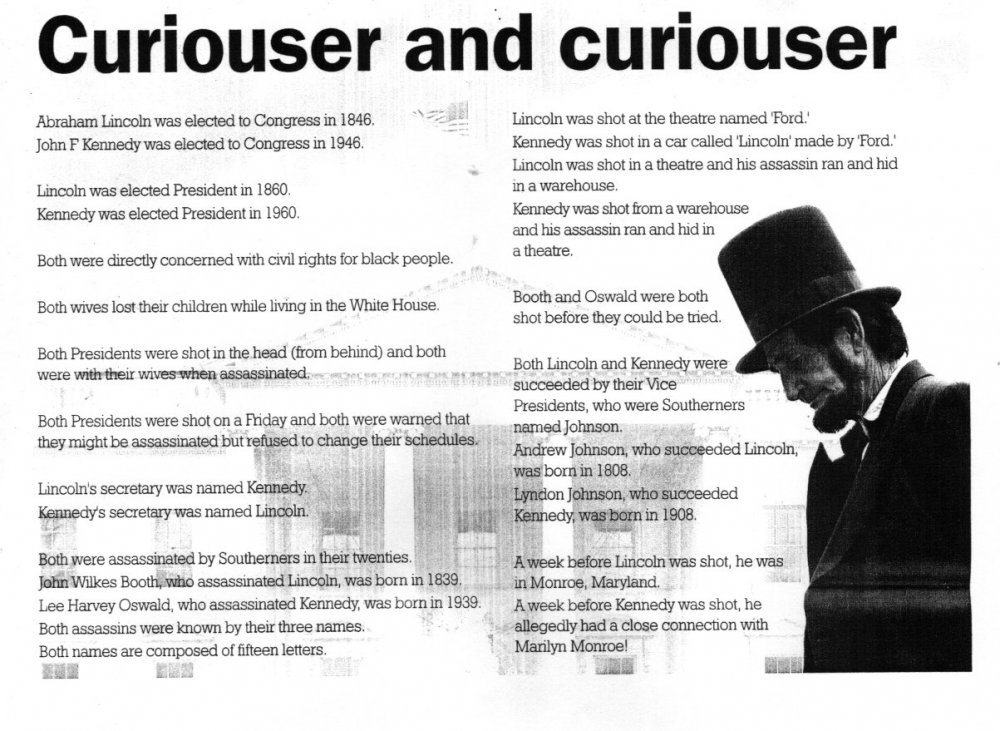-
Posts
17639 -
Joined
-
Last visited
-
Days Won
93
Content Type
Profiles
Forums
Events
Everything posted by studiot
-
Of course it's possible. But, like your glasses every prescription would be individual and different. To date I only know of it being done for optical astronomical telescopes that use mirrors. But this is at enormous(tachio ) expense. With the technology of modern flexible coatings for clothing, I can see it being possible more cheaply but would still need the personal tailoring part. Since this modern technology enables wearable computers, perhaps it could incorporate an adaptive solution.
-
Endy definitely deserves a +1 for spotting this. Matt you can clcik on the heart at the bottom right of the post to upvote someone's post. As a matter of interest how would air get into the pipe if the oil stopped? The pipeline will contain air when it is first laid and perhap gas if it is used for gas transmission at some point. You may wish to know that it is common to pump water through subsea pipelines in the absence of oil or gas. Also water is pumped into the geosubstrate to help remove the maximum quantity of oil/gas. You have to fill the pipes and pores up with something.
-
Your figures are very different from the widely accepted graph I posted and therefore need substantial backing so please explain.
-
Maybe I am wrong, but I think CharonY was saying "The content is independent of the discussion etiquette, or should be." And she was specifically talking about discussion on this forum, not some larger picture. How often has the intial response to a post been antagonistic ? (Not yours in particular, but someone's) And yes I would agree if you said that some invite such response, perhaps even 'deserve it'. But equally many do not and hold, and more importantly present here, sincere if misguided views.
-
I fail to see what any of this has to do with discussion etiquette on Science Forums? Please educate me if this is not the case.
-
The Heisenberg principle is a direct result of the mathematics. The quantity of interest is the product of two quantities, but that product does not commute. That is AB is not equal to BA so the result depends which you take first. #That is Uncertainty 101. Incidentally there is a similar uncertainty in the same quantities in classical mechanics for the same reasons, they are just trivially small in the classical case. Edit But 'uncertainty' is not probabilistic ans Heisenberg is not the reason QM is probabilistic, which is why I said it to be a red herring here. QM descibes probability distributions for aggregates of energy states and their populations, as Boltzman in thermodynamics. There are several distributions available, including Boltzmans. That is what makes it probabilistic. /Edit Bells has no such 'proof' in mathematics. It is the result of observation and the results could have gone the other way without breaking the mathematics. This is similar to the Michelson Morely experiment in Relativity, determining the presence or absence of aether.
-
@Delta1212 and Lord Antares There is a difference between prediction and measurement. Not only can we not predict certain properties of an individual particle, we cannot measure them either. So we can never fully know this data. But for many properties that we cannot predict we can measure them and then know the data. QM is a red herring here.
-
Some have replied to something I didn't say yet we managed a civil conversation. Others actually replied to my words, again resulting in a civil conversation. Two posters chose to attack the person rather than hold any sort of conversation about the words. I asked a question in the title of this thread. I apologise it appears to be missing the question mark. Clearly my fault. I asked my question because it seems to me that the preponderance of non-scientific posts in this forum is growing rapidly. And too many of the originators of non-scientific threads offer the 'reasoning' along the lines of; "It is too much of a coincidence, so that must mean intelligent design" And all to often then revert to preaching mode. For the record, I agree with swansont's terse point. "Coincidences happen."
-
I like the way you have hardened up on facts, I was getting worried this thread was getting wishy-washy, handy-wavy rather than logical. and yet and yet if your board is made of suitable paper, water will run uphill in/on it. This is a direct consequence of statistics and is amenable to statistical mathematical theory. and yet the theory of evolution is a direct counterexample to Cladking's "against all odds", if indeed one was needed because that is a logically self defeating statement since as you have already points out, all odds must include the odds of something not happening as well as happening. I say again I agree that your grey area is enormous and that most things happen for statistical reasons in this grey area. And further that much of that statistics is amenable to proper mathematical analysis and quantification. Take for instance chemical activity, which is going on all the time in the world around us. Its scientific analysis based on two aspects of mahtematics. Firstly the deterministic laws of macro-thermodynamics tell us if such and such a reaction can happen. But the statistical laws of reaction kinetics (which are based on the chance meeting of the relevant molecules) tell us how fast it will happen. So once again, don't sell your idea short.
-
Feel free to demonstrate your claim by proving that every one of the dozen to a dozen and a half statements in the article are false.
-
Tar, you seem to be remarkably argumentative towards someone who not only agrees with your basic original premise but is trying to offer support (examples) towards it. In a nutshell your original premise identified zero probability, a probability of 1 and a 'large grey area' being all the numbers between. The nuke example refers to the difficulties with probabilities of zero and one. The Limit State example refers to the grey area. Perhaps I did not put a big enough gap between them, as you seem determined to link them.
-
No what? As I understand the rules of this forum I shouldn't have to go offsite to find out what you are saying, particularly to a page which has no less than 23 'see also' pages as well as an extensive reference base.
-
Yes, good questions, but Limit State (or any other method) design is a big subject and I didn't elaborate. Thank your lucky star that bridge engineering is a lot more reliable than software engineering. LSD defines many limit states, one of which is collapse which is the ultimate failure. Another important one is called 'serviceability' so a bridge that could still carry a train, but would shake loose car crushing size chunks of concrete would pass the collapse state but fail the serviceability state. There are many more. In general, building design is controlled by serviceability states, the limit of which will be reached long before the ultimate limit state (of collapse). For example ceilings and floors will bend unacceptably, long before they will break. Associated with each limit state are a number of what are termed partial safety factors, which govern the design values assigned to that component. For example steel manufacture is more tightly controlled and predictable than concrete, so the partial safety factor applied to the strength value of steel is higher than the one for concrete. Even the actual loads are not exempt, there is a safety factor to be applied in the design in case some fool overloads all the trucks in the train or whatever. The answer to the NYC nuke is that you need Bayesian statistics for your analysis. You cannot preprogram this and I doubt even an AI would help. You need a process similar to Limit State to create the seed data.
-
I assume this is homework/coursework. Did you look up bonding in solid (cyclo) alkanes? How do you think covalent bonding would work? There's plenty about. http://www.chemguide.co.uk/organicprops/alkanes/background.html The solid to liquid transition is breaking the bonds of a regular array of some sort. The liquid to gas transition is simply freeing nearly non polarised molecules from short term random liasons.
-
Look at the bonding in the solid phase. Can cycloalkanes form covalent or ionic crystals?
-
Good morning tar, and thank you for your response. You are selling your idea short. Bridge engineering and indeed engineering in general is a really good example of your idea in action. (I was a bridge engineer for 10 years). I smiled at the 100 years quote and offered a humerous comment because the bridge has the longest design life of anything made or built by Man, at 120 years. Of course, this does not mean that every bridge lasts 120 years or that they all fail straight after, many are still going after centuries and even a few after millenia. Talking of (engineering) design bring me to the modern statistical approach. Limit State Design. When I learned this, it was stressed that We do not expect a zero probability of failure, just that we can establish a known and acceptably low probability of failure. Although the method of probability assessment is quite sophisticated, it is largely derived from empircal data. It cannot be fully theoretically assessesd. A final comment, the probabilities 0 and 1 are special. They have multiple meanings depending upon circumstance. What is the probability of a large nuclear bomb destroying New York? I expect that you and I would agree it is pretty close to a 'sure thing'. That is a probability of 1. Yet it has never happened, so the only probability we can assign in strict classical statistics is zero. Edit Re your last paragraph. Yes matters of definition are not usually probabilistic.
-
Leylines are just examples of coincidence that have been glorified as having some paranormal significance. I like the following demonstration: Take a sheet of plain white paper. Randomly sprinkle on some black pepper. Take a ruler and observe lots of leylines where the pepperdust particles have fallen. Draw the lines in. Shake the pepperdust off and resprinkle Observe 1) New leylines emerge 2) Many particles fall on the original leylines you drew in 'reinforcing' them A special twist on this if you looked up Wiki on the subject. Leylines gurus don't realise that all maps distort the true shape of the land in some fashion. And this distortion is different for different map projections so straight lines on one projection are not sraight on another. Yet the gurus somehow cheerfully draw in the same straight lines on these different maps.
-
Hello outrider and welcome. I deliberately left the thread a bit open to see what folks made of it but, You have caught the gist of my post in one. One point, however, concerns your definition of coincidence, which I find too narrow. Even this one is too narrow in my opinion. "A notable concurrence of events or circumstances without apparent causal connection." My favourite example is more esoteric and concerns leylines.
-
Debunked ? So which of the statements is not literally true? And what did I say that needs 'debunking'? http://www.snopes.com/history/american/lincoln-kennedy.asp BTW your link doesn't work for me.
-
-

Electromagnetic induction and energy conservation
studiot replied to rajeesh's topic in Classical Physics
This is known as the Elihu Thomson experiment. I glad to see modern science is still offereing this as the health and safety brigade caused it to be dropped for some years. +1 https://www.google.co.uk/search?site=&source=hp&q=elihu+thomson+apparatus&oq=elihu+thom&gs_l=psy-ab.1.1.0l4.2011.7146.0.9661.10.10.0.0.0.0.103.863.8j2.10.0....0...1.1.64.psy-ab..0.10.854...0i131k1.0NR_98ttqsA



